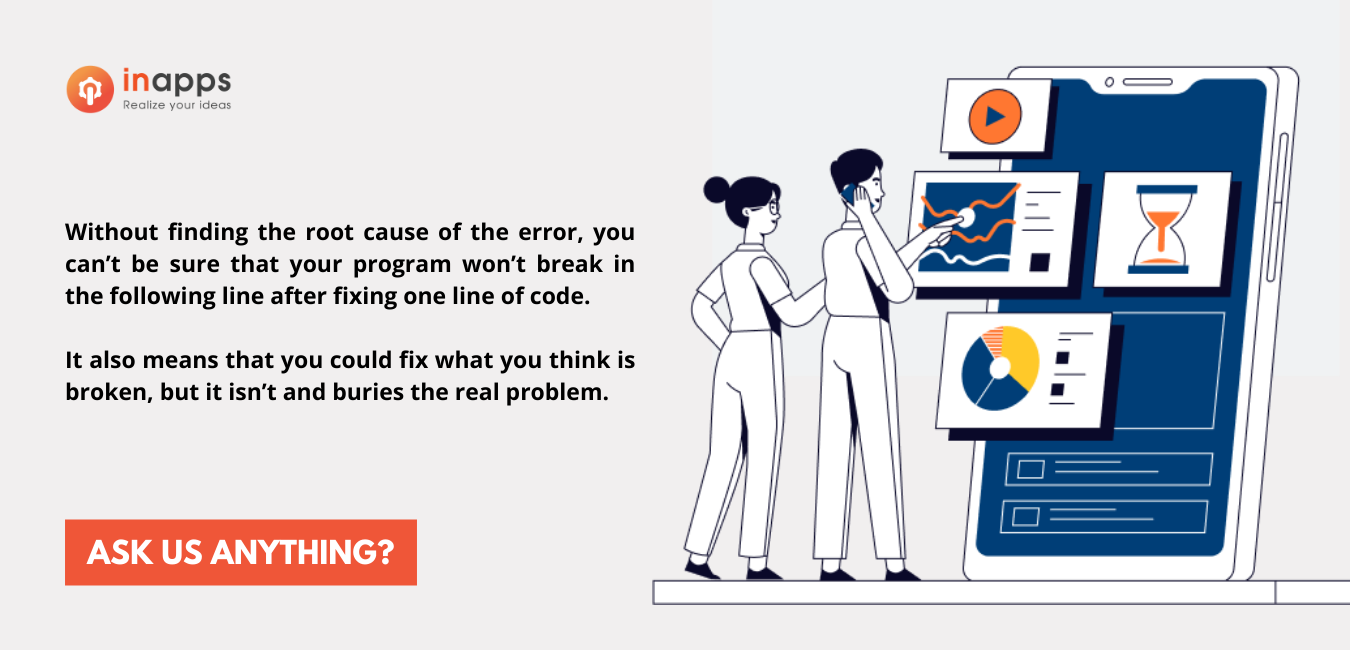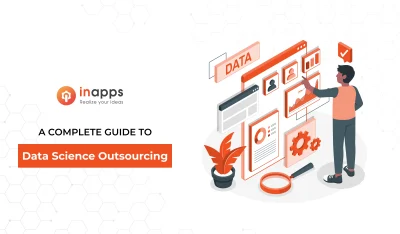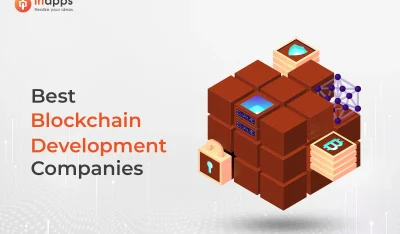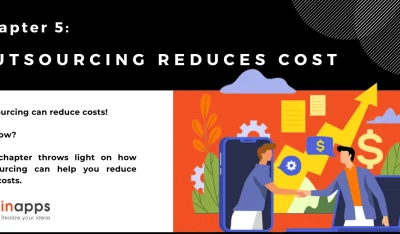- Home
- >
- Offshore News
- >
- PROACTIVE PROBLEM SOLVING: QUICKLY, CREATIVELY, AND PERMANENTLY SUPPORT
Today’s technology companies face the difficulties of the digital era, including rising user expectations, technological changes, and severe rivalry. Hence, managers and IT professionals frequently push technology solutions to proactive problem-solving.
However, many companies still lack an appropriate and rigorous strategy for developing issues, identifying core causes, implementing necessary remedial measures, assessing the consequences, and ultimately creating a better knowledge of the task that enhances people’s day-to-day employment practices. This is where proactive problem management methods come in.
To prevent issues from happening in the first place, you must have a plan for every possible scenario. This blog post will explore the importance of proactive problem-solving and how to do it quickly, creatively, and permanently.

What is proactive problem management?
What is proactive problem-solving?
It is a problem-solving approach that focuses on identifying solutions before they occur by employing proactive problem solving techniques.
The key is not necessarily the reaction but how you react to it. Preventing issues is what proactive problem-solving entails. The emphasis is on resolving the root source of the problem rather than its consequences.
A proactive development team is a team of developers who don’t wait for solutions; they are proactive about discovering problems to solve. This involves ensuring that all team members are trained in dealing with any issue that may arise and having a backup plan in place in case something goes wrong.
When teams are proactive, they solve problems preemptively for two main reasons: firstly, so that problems don’t affect their team’s productivity or output, and secondly, their organization can gain a competitive advantage and satisfy clients.
How to build a proactive problem-solving team

Problem-solving teams are created to work together permanently
Identify root causes
Once the fundamental cause is identified, a team can remediate the defect at its source and prevent it from future occurrences.
For example in proactive problem management, developers can review the design and requirements documentation to make corrections if the defect results from a design error. If a testing mistake causes the defect, developers can update the test cases and metrics.
Hence, a proactive problem-solving team is a team that can identify the root causes.
Types of defect
[su_spoiler title=”Errors, omissions, or gaps in the original requirements.” style=”fancy”]These flaws can arise when a need is missed or forgotten when it is written incorrectly, when stakeholders are not adequately understood, or when developers are misinterpreted.[/su_spoiler]
[su_spoiler title=”Errors in the design or architecture.” style=”fancy”]These issues arise when software designers build an inefficient software algorithm or process, or when that algorithm or process fails to provide results with the requisite accuracy.[/su_spoiler]
[su_spoiler title=”Errors in the coding or implementation.” style=”fancy”]These defects include traditional bugs caused by everything from missing brackets to ungraceful error handling.[/su_spoiler]
[su_spoiler title=”Errors in test planning or test execution.” style=”fancy”]These defects are the result of inadequately tested features and functions.[/su_spoiler]
[su_spoiler title=”Errors in deployment.” style=”fancy”]An example of one of these problems is when a team allocates insufficient VM resources.[/su_spoiler]
[su_spoiler title=”Errors in the process or policies a team uses to govern the development cycle.” style=”fancy”]For example, this defect crop up when a team obtains signoffs or approvals without good design, coding, or testing review.[/su_spoiler]
Approaches to root cause analysis
The Fishbone diagram is one of the most popular techniques.
A fishbone analysis, also known as an Ishikawa diagram or a cause-and-effect diagram, is intended to assist analysts in visualizing a root cause by categorizing potential reasons into categories that branch out from the initial issue. The resultant graphic resembles a fish skeleton, thus the name.
The underlying problem or issue is usually written at the “head” of the fish. The “bones” are categories of possible causes. Then we can find out the principal reasons under each group; if necessary, the diagram might include secondary and tertiary factors.
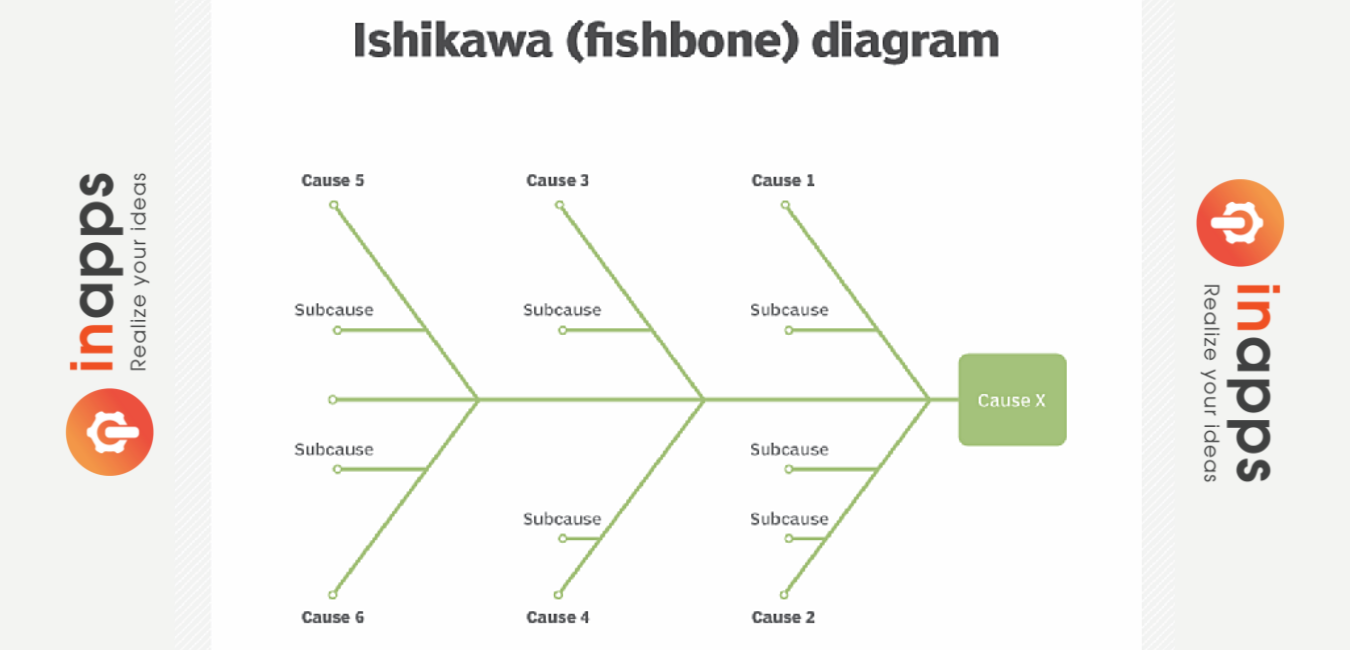
Proactive approach to problem solving
Learn more: When do you need to hire a professional software QA team?
Proactively determine solutions
Once you’ve identified the issue, it’s time to devise a solution. It is sometimes possible to become so engrossed in identifying issues that solution definition becomes secondary.
When delivering a fix for the identified problem, we must consider two factors: resolving the issue and preventing it from recurring in the future. We’ve all seen “hotfixes” that last forever and cause technical debt.
Furthermore, enablement needs to propose solutions among team members first to ensure they continue to understand the context of the issue through the eyes of the stakeholders and connect the solution to stakeholders’ pain points. Then continuing to communicate with stakeholders proactively early and during the implementation will assist in creating further trust and enthusiasm in solutions.
Empower open communication and ongoing feedback
Proactive problem-solving begins with getting everyone on the same page about an overall plan for how you’re going tackle the project. This includes setting specific goals and objectives. Hence, communication is key here—be sure that everyone knows their role and what they are expected to do throughout the entire project life cycle.
The evolution of management is an ongoing process of open communication and feedback. Team members will receive the support needed for any improvements or changes in direction from management if necessary.
- Feedback from all members of the development group should be given regularly, even if it’s negative or positive. Developing a clear feedback process with the team puts everyone on the same playing field for future progress.
- Encourage open communication among peers by making space for discussion in meetings. The team may focus on what went right and wrong in a productive and non-occupational way through meetings.
- Encourage members of the team to ask questions. Never disregard a question or make someone feel insufficient for posing one. Questions contribute to critical explanations, discoveries, and, in many cases, process improvements that the team would not have identified otherwise.
Read more: Proactive communication – successful key of all offshore development team
Characteristics of InApps’ proactive problem-solving team
We win our client’s trust with high skills, market knowledge, well-communication, and 24/7 dedicated support.

Proactive problem solver
Flexible approach
We provide each of our clients with a unique custom solution. We always have meetings to deeply understand our client’s business models and requirements or the pain points before making the proposals.
With InApps, clients can participate in projects by prioritizing, defining functions, developing iteration plans and reviews, and developing software versions that incorporate new features.
Proactive support
We handle issues and fix urgent to minimize complaints.
Our team uses platforms like Slack for internal conversations between meetings. When we require the client’s feedback, we use technologies like Basecamp to facilitate communication proactively.
This is also useful if the client needs to bring anything to our notice for discussion. We can communicate, ensure information is distributed, and plan spontaneous conversations to walk through more complex issues.
High troubleshooting skills
Need to fix bugs to launch your web/app as soon as possible? We offer dedicated teams with proactive troubleshooting skills to quickly fix all your urgent issues.
Trusted and high technical skills are the factors that made InApps build a successful high-performing offshore team.
Rapid response & quickly fix all urgent issues
We have a unique program to train talents to become a SWAT team that works effectively with clients. Our offshore team quickly solves the problems from the root causes and responds to the client within 24 hours.
Read more: InApps’ Automation Management: Proactive Solution for Software Development
Let’s create the next big thing together!
Coming together is a beginning. Keeping together is progress. Working together is success.




